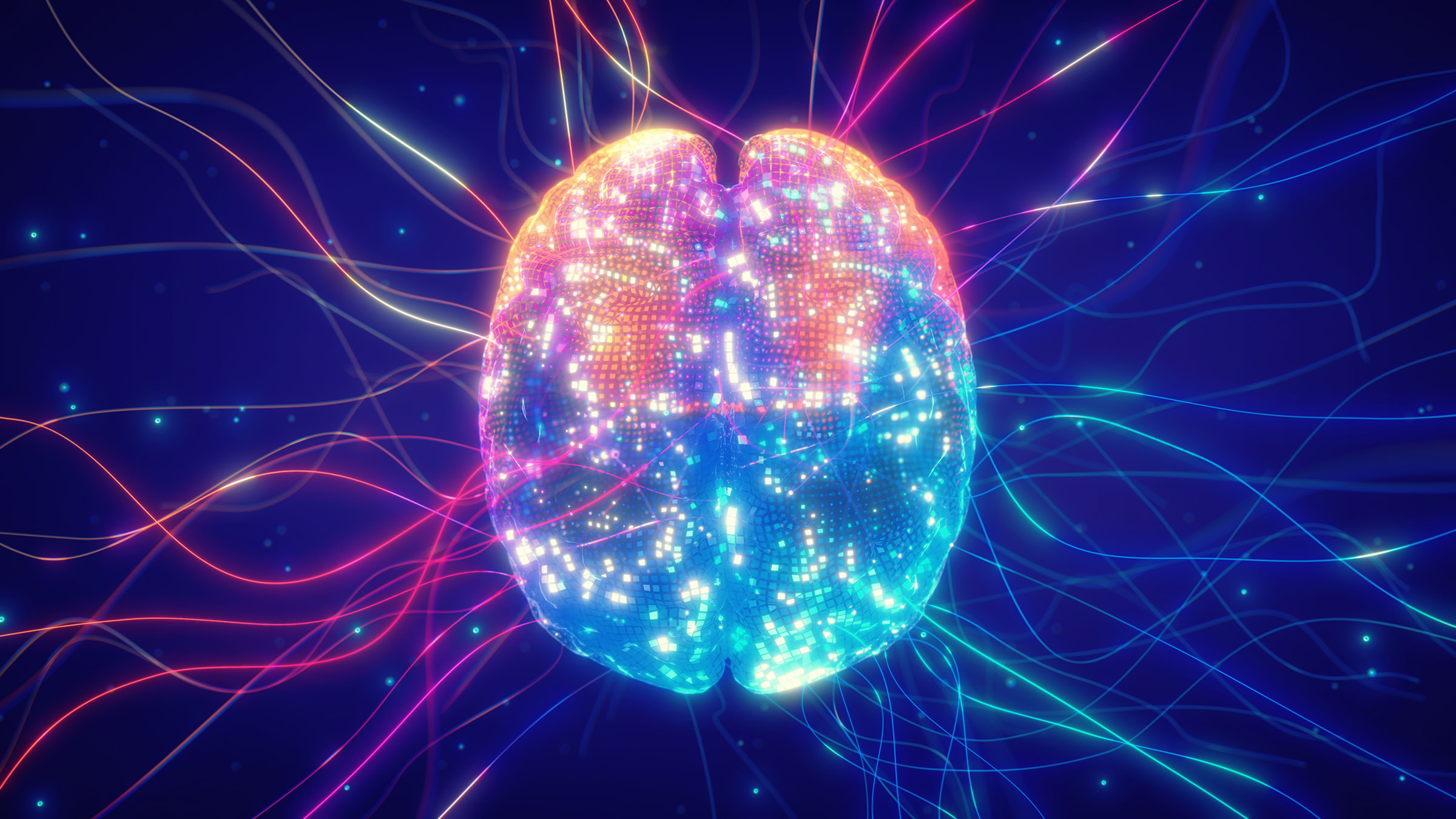A new study on sleep and learning shows a new development about brain activity at rest. Some of the neurons in the brain can fire during sleep in a way that has convinced researchers that the brain may be trying to predict the future.
New research from Rice University and the University of Michigan builds on existing studies showing that sleep is important for learning, as it helps create new memories.
It is unclear whether the activity the researchers observed is actually responsible for dreaming. This means that some of our dreams are trying to predict the future. But I will say that I think I experienced this newly discovered feature of the brain when I was much younger.
I routinely woke up at night with solutions to some of the most challenging math problems for school. I would wake up and write it. I would be so excited to find the correct answer. My brain was probably working overtime while I was sleeping. He must have dreamed that I could solve the puzzle that seemed so difficult just a few hours ago. This happened with video games later in life.
Scientists at Rice and Michigan did not test their hypothesis in humans. Instead, they observed the brains of mice while they were awake and performing a specific task. They then monitored the animals while they slept and observed how the brain’s neurons worked.
A machine learning algorithm allowed them to conclude that the mice were actually dreaming about the new place they had just experienced while awake.
A report from Rice University explains that other studies decades ago observed that the brains of sleeping animals that explored a new environment shortly before sleep were firing in ways that allowed them to reproduce the new trajectories. This is how the brain can create new memories.
However, the researchers decided to determine whether the neurons would try to put the problem in a new light during sleep.
“We imagined that some neurons might change their representations ⎯ reflecting the experience we’ve all had of waking up with a new understanding of a problem,” said neuroscientist Caleb Kemere.
The researchers trained rats to run back and forth on an elevated track with liquid rewards at either end. They observed how individual neurons in the hippocampus would “fire”. The scientists evaluated the average growth rate of the neurons over many rounds. So they assessed the location field of the neurons “or the area in the environment that a particular neuron ‘cares about’ the most.”
The next step was to assess the behavior of the fields when the animals were asleep. Therefore, they were not moving through the maze.
“We addressed this challenge by relating the activity of each individual neuron to the activity of all other neurons,” said Michigan anesthesiology associate professor Kamran Diba.
This is where AI comes in. The researchers used machine learning algorithms to examine the neurons and determine where the animal dreamed of being. They then used the dream positions to assess the spatial tuning process for each neuron they observed.
So the researchers noticed that neurons don’t just try to stabilize a new memory that the brain just forms. It’s as if the animals are reliving the problem while they sleep. Here’s how Kemere explained the findings in the Rice University report:
The thing I liked most about this research, and the reason I got so excited about it, is the discovery that it’s not necessarily the case that during sleep, the only thing these neurons do is stabilize the memory of the experience. It turns out that some neurons end up doing something else.
We can see these other changes that occur during sleep, and when we put the animals back into the environment a second time, we can prove that these changes really reflect something that was learned while the animals were asleep. It is as if the second exposure to space actually occurs while the animal is sleeping.
This may be the first study to show that neuroplasticity occurs during sleep. Plasticity research examines the mechanisms that allow neurons to rewire and form new representations. But most studies look at that activity while subjects are awake and dealing with stimuli.
Are you having nightmares and deja vu?
Forget solving math problems while I sleep. If these findings are correct, I would like to know what anxiety is when we look at neurons from this perspective. Maybe the brain really is trying to predict the worst outcomes by making me have near-death adventures in my sleep.
Also, I can’t help but wonder if deja vu, the feeling of having experienced a certain event, is related to this specific brain behavior.
I am speculating wildly and more researchers, perhaps in real human brains, may be required to test those questions. In the meantime, you’ll find the full brain sleep study at Nature.
